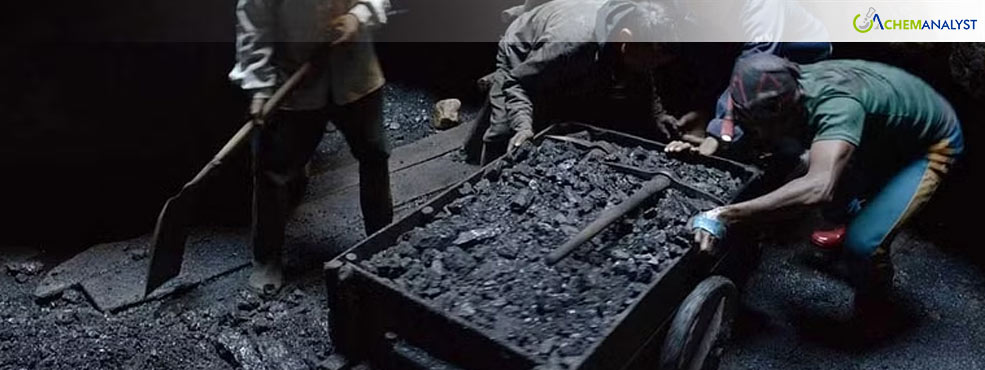Tragedy Strikes in Assam as Several Workers Trapped in Coal ‘Rat-Hole’ Mine
- 07-Jan-2025 3:00 PM
- Journalist: Thomas Jefferson
In a heart-wrenching turn of events, multiple workers have been trapped for over 12 hours in a coal ‘rat-hole’ mine in Assam’s Dima Hasao district after the pit was flooded with water early on Monday morning. The workers, who were extracting coal in one of the most dangerous and unregulated mining practices, remain stuck deep underground, with rescue operations moving at a painfully slow pace. As the hours pass, hopes of a successful rescue are growing thinner, and the stakes are rising.
The flooded mine is reported to be several hundred feet deep, making it particularly difficult for rescuers to reach the trapped workers. Two motor pumps have been deployed to drain the water, but the ongoing operation has been hampered by the narrow and unstable shafts of the mine. In a bid to speed up the efforts, Assam’s Chief Minister Himanta Biswa Sarma has confirmed that the National Disaster Response Force (NDRF), along with the State Disaster Response Force (SDRF), are headed to the scene. In an urgent move, the Indian Army has also been called in to assist with the rescue mission.
This tragic incident has drawn attention to the notorious and dangerous practice of ‘rat-hole’ mining, which has long been banned but continues in remote areas like Dima Hasao. The term ‘rat-hole’ refers to the narrow, dangerous tunnels dug by miners, often so cramped that workers must descend using bamboo ladders or ropes. The mining is done with primitive tools, and the workers are left exposed to serious risks such as cave-ins, flooding, and fatal accidents.
Experts have consistently warned about the perils of rat-hole mining, which has resulted in multiple fatalities and injuries over the years. Professor OP Singh, an environmental studies expert from North Eastern Hill University (NEHU), has long criticized the practice for its hazardous conditions. "The coal seams are often only a few meters thick, and miners work in pits as deep as 400 feet, sometimes in complete darkness," he told The Indian Express in 2018. Despite these dangerous conditions, many miners, including those currently trapped, continue to risk their lives due to a lack of alternative employment options.
The environmental devastation caused by rat-hole mining is also immense, leading to widespread deforestation, land erosion, and severe water pollution. Toxic runoff from the mines poisons rivers and streams, threatening the health of local communities. These environmental hazards, combined with the high death toll among miners, led the National Green Tribunal (NGT) to impose a ban on rat-hole mining in 2014. However, enforcement has been lax, and illegal mining continues to thrive in some regions.
The current tragedy in Dima Hasao serves as a grim reminder of the dangers these miners face daily, often with little regard for their safety or the law.



